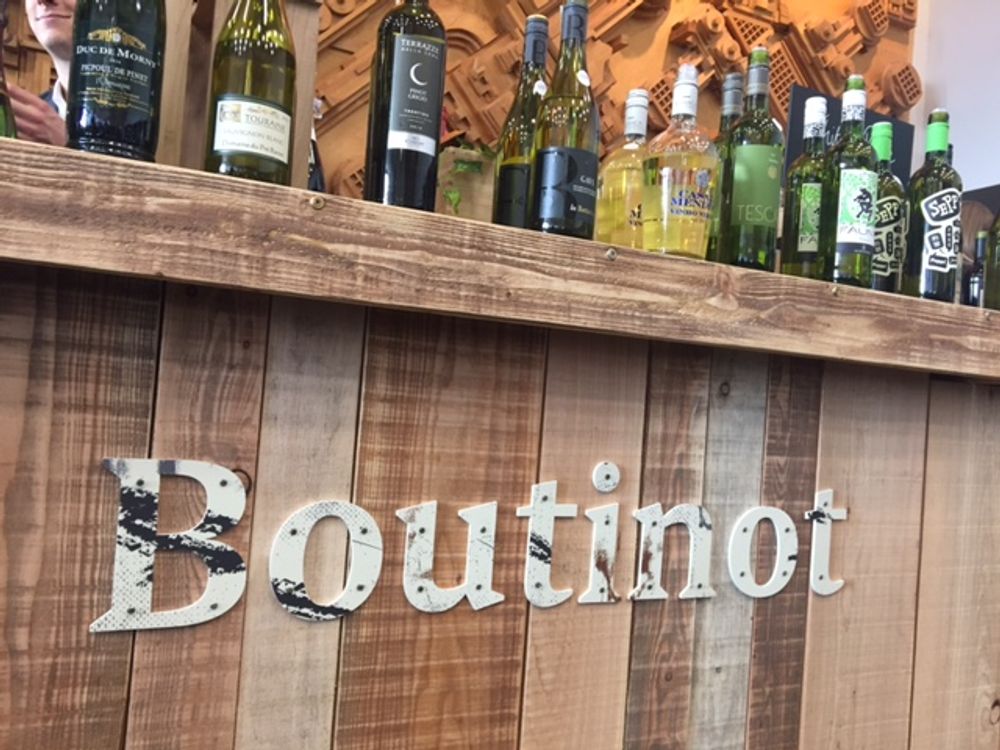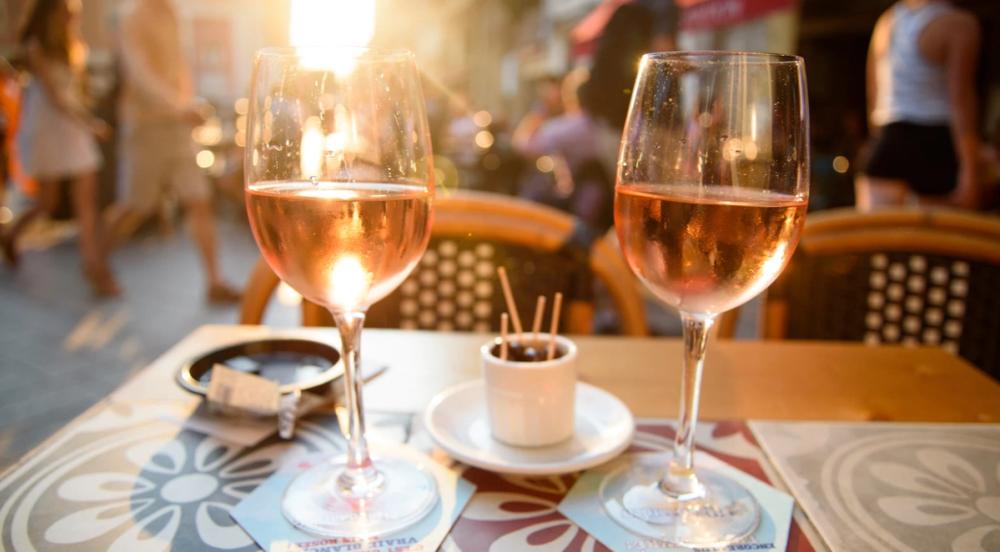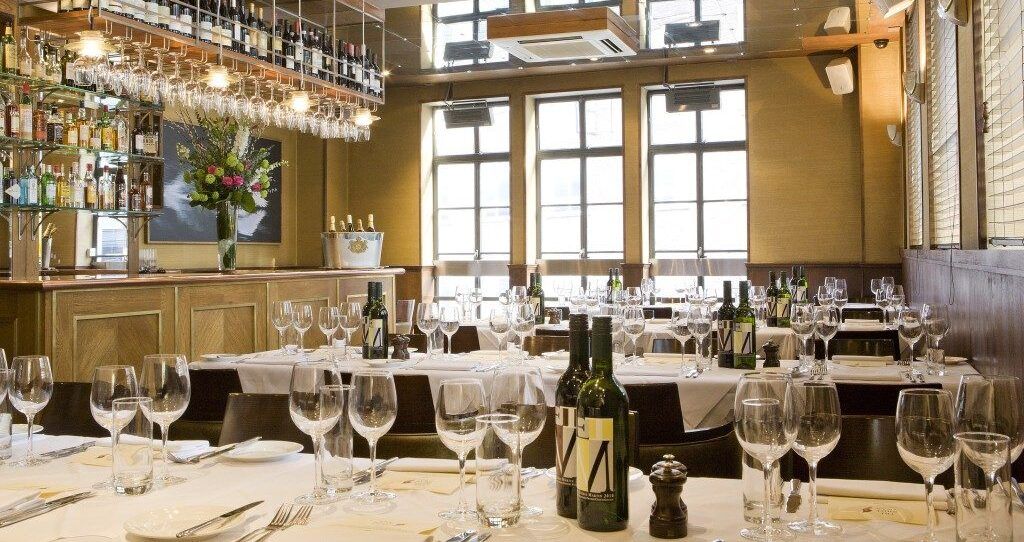The new Wine Business Solutions report is out now and you can find out more about how to purchase it by clicking here.
Tell us about the new Local Report – what does it cover and how did you put it together?
Our research is unique in that we look at what's already on wine lists. This has proven to be the most reliable leading indicator, not only of the direction a trade is taking, but ultimately what will happen in the off-trade in the following years.
Every year we take approximately 20,000 wine lists. This is now the 15th annual UK survey which provides us with nearly 300,000 listings, in total, as a database that can be used for long-term customer analysis. (It was not our original intention to have distributors as clients, but now many leading companies around the world are letting us identify opportunities for them).
The report covers:
Who are the best importers and distributors? Which brands, wine styles, regions and countries are the most successful and why. Pricing is by bottle and glass. What does it take to win this, the true test of world-class wine brands.
What do you track in terms of data, how do you choose the datasets and data sources you use, and how has that changed over the years?
Wine lists are ultimately what dictate the types of wines that are bought and sold on the trade
We cover the full range of potential wine consumption occasions including casual suburban restaurants, fine dining restaurants, hotels, pubs and upscale bar venues. We select individual outlets and menus on our wine lists completely randomly but using a consistent methodology. We stratified the sample proportionately to the UK population, except that we slightly increased the weighting of Northern Ireland and Scotland to improve precision when reviewing these markets separately.
What are the main changes compared to the reports you have done in the past few years?
We have found that using a combination of a consistent approach and taking a new sample every year is the best way to recognize change in this very dynamic market.
How would you describe the UK domestic sector overall in terms of the positives, what is going well, the negatives and the short, medium and long-term issues it faces?

Good value wines from South Africa and other New World countries performed well last year in the UK trade, says Peter McAtmany.
It makes us, watching from the outside, feel sad when we see the way things may not have gone the way most people would like in recent years. The two-speed nature of the economy has been highlighted throughout our report. With 20% duty increases and a “cost of living crisis”, restaurants are generally seeking value leading to a surge in lists of cheaper produced wines from South Africa, Australia, Argentina and, most important of all, Languedoc. Meanwhile, Dom Perignon and Krug's listings in the London market have never looked healthier.
Who do you think is best placed to do well in the future from an operator, importer and distributor point of view?
The UK market is one where fewer distributors take a brand-focused approach than any other market we measure. This is partly because there is a very diverse range of products that can be sold, and these companies are the ones driving the sales. You see, all the time importers bury their brands, so you have to wade through the layers of the product list just to find it on their website. Search Engine Optimization (SEO) is shocking in the UK. You can barely find most major importer brands via search half the time which means customers either buy other products or import through channels on which these distributors make a lower margin.
Companies that put their brands and branding principles first, that have a properly functioning website and know how web search works have a huge advantage, therefore, before we get into the details of the dozens of other things importers have to do to compete and win.
What are the key characteristics that distinguish the best performing importers?

Boutinot came top of all UK wine suppliers in the Wine Business Solutions report
Quality brands. Single focus. Brand building approach. However, Boutinot was our “Supplier of the Year” this year. Why? Because it was able to pivot faster to a much changed market than last year and supply brands that can still be considered valuable after an average listed bottle price increase of 16%. They used brands like False Bay, which was on the verge of retirement, to flood the regions' wine lists. Among major suppliers, they achieved higher listings for each brand than anyone else except Berkman.
What are the main trends in terms of wine styles, countries and regions?
The biggest trend is to omit rose and champagne. The post-Covid party is well and truly over. Bordeaux are doing exceptionally well at a time when Bordeaux's core team is really struggling. Confirming LiveEx's findings, our report shows that restaurants and their customers are becoming more conservative, in terms of chosen areas, when it comes to those who have money to spend.
What pricing trends are you seeing?
As noted above, and as we've seen around the world, restaurants are seeing the biggest price increases we've ever seen. But in the case of the UK, the 16% increase will only cover increased costs and taxes.

Has the rose bubble burst? Rosé listings are in the latest Wine Business Solutions report
Do you see a big change in the inclusion of lower alcohol wines or lower alcohol wines?
We don't have a good handle on that. It's a very good point and I will make sure we achieve that next year.
Overall, though, making alcoholic wine suitable for the restaurant has proven quite a challenge. I was with one of the major producers yesterday and they have completely given up as the category has shrunk, in terms of supermarket shelf space, to focus on a small group of leading brands none of which have much to commend them in terms of flavour.
What are the big untapped areas in your opinion?
I think the biggest opportunity is fresh, medium-weight red wines. In particular, outside of Australia in particular, the UK has yet to catch the joy that modern Grenache and Syrah represent. Australian riesling has finally found an audience, but I think the opportunity for red wine will be much greater.
Is there anything else to say?
With just over 80 pages of ideas for under $500 AUD, there's value for almost anyone in this report.


